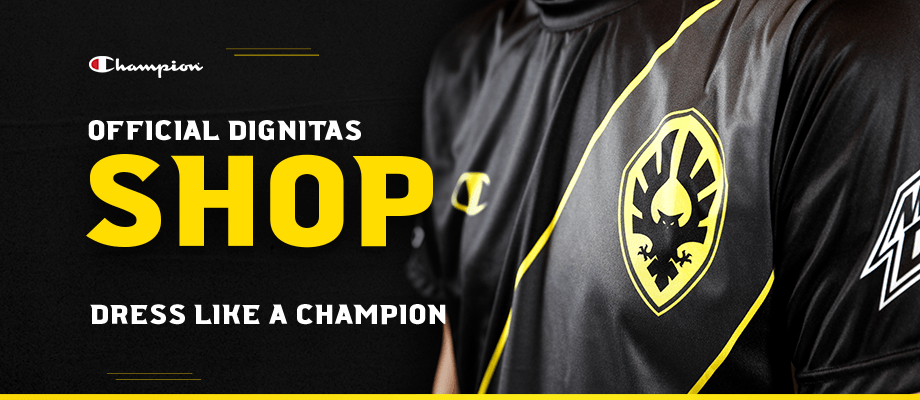Understanding Roles in HotS
k0nduit discusses the roles in the HotS metagame and dives into each position's nuances.
k0nduit discusses the roles in the HotS metagame and dives into each position's nuances.
Greetings! k0nduit here, and today it’s time to talk about Hero roles in HotS. In this article, rather than diving into the specific Blizzard-assigned archetypes/roles for each hero (e.g. Warrior, Support, Assassin, etc.), I’ll be discussing and describing the standard roles in the HotS metagame: Tank, Healer, Ranged DPS, Offlane, and the ‘Flex’ position. Understanding and applying this standard team composition theory will help you better organize your team’s efforts in-game and facilitate more powerful and synergistic hero selection in the draft phase.
If you are looking for other ways to improve, maybe our map guides series would be helpful.
As I mentioned, the foundational team composition in HotS involves a Tank, a Healer, a Ranged DPS, an Offlaner/Solo laner, and a Flex player. But when it comes to understanding the reasoning behind the roles in the metagame, perhaps a better place to start is understanding the core idea/structure behind most team compositions in HotS: the 4-member rotation and the offlaner. This style of play is strong and best plays with the structure of most of the Battlegrounds/Maps in Heroes of the Storm as well as the game’s core mechanics. The key point is in recognizing that each lane must be covered to soak XP and that there must be an ‘overcommitment’ in numbers in at least one of those lanes.
Now, let’s get into some theorycrafting. Note that for this exercise we’re only considering numbers, not which specific heroes each team has in each lane. Let’s say you are running a 2-3 split on Battlefield of Eternity, and your opponents are running a 4-1. While the numerical advantage is the same in both lanes, these lane distributions’ strengths are NOT equal - the arrangement favors whichever lane has 4 members.
This is because the more heroes you have in one lane, the more kill pressure you have (and general lane pressure as well). The way teamfights/skirmishes work isn’t that each team member is going to attack their own enemy on the other team; rather, EVERYONE on a particular team is going to focus down one target on the enemy team from the get-go. With 4 members all attacking one focus target, your threat potential is massive, and you will likely be able to CC chain an opponent to create easy kill opportunities. Your team will have a 3v1 advantage in one lane; but even so, in general, you won’t be able to create kill opportunities as well as the opponents' 4-member group in the 4v2 . And so, the 4-1 lane setup is often going to be optimal (with the provision that roaming is often good too, and that’s usually the Flex player’s job).
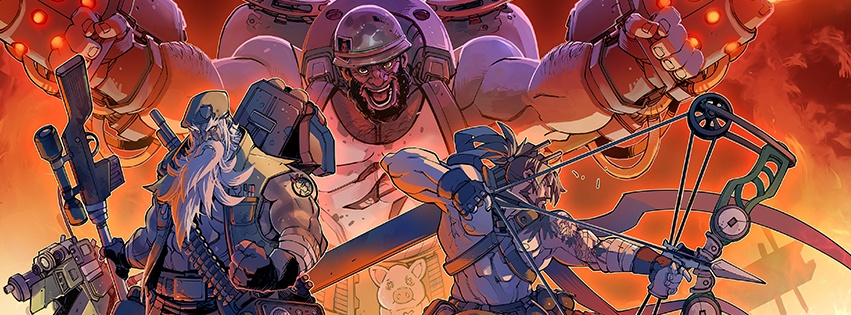
So, we know that having more members in a lane relative to your opponent is good. On three lane maps, things get less clear because you need to cover an additional lane. However, the way many maps are structured in HotS results in rotating a 4-member squad between two lanes and having a solo laner cover the other lane typically becoming the best strategy. Two lanes are often close in proximity, and with the right heroes, your waveclear is quick enough to catch a wave in one lane and then rotate to the other lane to grab the soak there too. And because you’re rotating as a 4-member squad, you have lane control dominance against any team that isn’t also rotating as a 4-member squad!
However, this isn’t the case for all three lane maps (and even two lane maps like Hanamura and Braxis encourage roaming and merc camping, so the 4-1 isn’t going to be constant). On Cursed Hollow for example, you’ll often split your team across the map, and even on other maps you’ll split up to do merc camps and whatnot (or have a roamer). But the general principle of a 4-member squad and an offlaner holds true. Adapt to the circumstances of course (e.g. if the enemy is pushing faster than you, you need to make a change), but the 4-1 is the general guideline.
So, now you know why the 4-1 (with the provision that roaming, merc camping, and map-dependent setups change things) is the default lane arrangement. The roles that we’re about to get into are intertwined with the concept of the 4-1 structure. The most autonomous of these is the offlane role, up first.
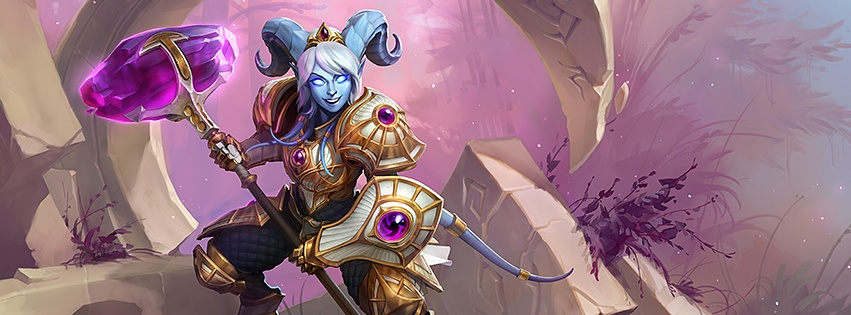
The offlane role has a few requirements (one of which will vary based on the battleground/your team composition), so select a Hero who fits those criteria and you’ll be well-equipped to offlane. Here are the general recommendations to keep in mind when picking an offlaner:
The first requirement comes naturally with the territory of spending a good chunk of the match operating solo and away from the rest of your team (the 4-member squad). Heroes that have abilities or mechanics that want an ally to be nearby to get use out of them or operate at peak efficiency when working with an ally are usually not the best solo laners. This doesn’t mean you should avoid picking Heroes that have the capability to help allies; rather, you want to pick a Hero that functions at high efficiency on its own.
The second requirement, sustain, is important because you’ll often be engaging in extended damage trading in lane against the opposing offlaner. On certain maps, like Dragon Shire or Braxis, sustain can play a critical role in determining who ‘wins’ the lane. If you don’t have sustain and the opposing offlaner does, you can be vulnerable to getting pushed out of lane through attrition over the course of a few damage trades. You’ll have your fountain tap, of course, but any trades beyond that will favor the hero who can patch their wounds through innate mechanics. You’ll eventually have to Hearthstone out of lane to regen, and the opponent will get an XP advantage. In short, sustain is important because it allows you to stay in lane for extended periods of time and avoid having to go back to base frequently.
Some amount of survivability/elusiveness is needed as an offlaner. A common strategy in HotS is to rotate someone from the 4-member squad to the offlane for a quick gank, or even simply to apply some pressure in the lane. If your hero is squishy and/or has low mobility, you’re extremely susceptible to ganks and will likely give up easy kills to the enemy team should they recognize that they can apply pressure to the lane. You could play very far back in the lane to safely soak, but the issue with doing so is that you’ll give up the lane initiative to your opponent, allowing them free reign to freeze the wave, leave and go roam, do merc camps, etc. Thus, it’s usually preferable to pick a hero who is comfortable stepping up a little bit in the offlane and doesn’t have to play too cautiously in order to avoid getting ganked.
Finally, waveclear and double soaking potential, for particular maps, can be important assets. Certain maps (like Infernal Shrines, Volskaya Foundry, and Towers of Doom) can create game states that are best played by having your 4-member squad in one part of the map doing something, and having your offlaner quickly rotating and soaking the remaining two lanes’ worth of experience. Waveclear capability is in general always a good quality to look for in your Hero selection, but in some matchups, on some battlegrounds, and in certain compositions, it’s not as important for your offlaner to have.
With all that in mind, here are a few examples of common offlaners: Sonya, Malganis, Blaze, Yrel, Dehaka, Artanis, Leoric, etc. As you might notice, all of these characters are bruisers/frontliners, an archetype that naturally lends itself to solo laning. Bruisers are also valued because they provide a supplemental frontline presence to the team’s Main Tank role (which we’ll get into next).
Other Hero archetypes can function in the solo lane as well, though. Ranged DPS heroes can beat up on melee heroes, but they are often susceptible to ganks, and can be forced out of the lane through attrition if their melee opponent manages to close the gap. Ranged heroes that have sustain (like Fenix) or have defensive mechanics that can function as effective sustain by preventing damage (like Sgt. Hammer - whose range often keeps her from being in harm’s way anyway) can be truly formidable in the solo lane. While these heroes can be good choices for the laning phase, your team composition will be short on a frontline presence, which could be detrimental in some matchups.
In any case, you don’t necessarily have to tick all the boxes of an offlaner in order to be successful - they are a guideline, rather than a rule. Go with what you feel best fits the matchup and what gives you the best chance to win the game. For example, if the enemy team doesn’t have the tools to roam and gank you, picking Probius (who lacks sustain, but excels in other areas) into a favorable matchup can be a great play. You can be an extremely annoying force to be reckoned with for the enemy team.
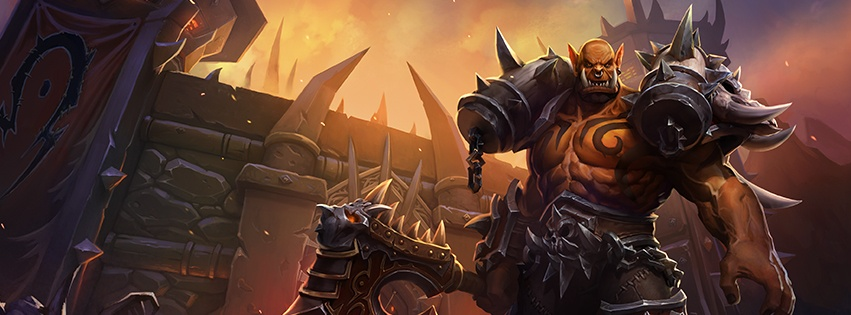
The Main Tank role provides the frontline presence for the 4-member squad and serves as the “main” frontliner in teamfights. Without a frontline presence, backliners cannot position safely (they become the de facto frontline) and are exposed to damage and ‘free’ engages from the enemy team - backliners don’t usually have the survivability tools to manage that kind of pressure. However, tanking is a critical, multidimensional role that goes far beyond simply soaking damage!
A good Tank should be able to both engage on opponents and peel enemies off of allies reliably. This is usually done through CC and related utility abilities, which provide methods to control the enemy team and set up/create opportunities for your team to score kills. Solid survivability/durability is also required of a Tank, as the Tank is the primary role that zones and soaks damage from the enemy team - a critical job that requires a hero to be able to stay in combat, in sticky situations, and provide utility and a frontline presence to create space and opportunities for your team to do work.
There are a number of commonly selected Tanks: Diablo, Anub’arak, Johanna, Muradin, Stitches, Arthas, ETC, etc. are all great Tank options. All of these heroes meet the criteria above, and have their own strengths, weaknesses, and niches that you can analyze to determine when and where they’re best (and thus, when you should look to pick them). Pick your tank based on what the battleground and your desired team composition calls for.

The Healer is a crucial component of the standard HotS team composition that provides sustain, CC, and other forms of utility to aid allies. The sustain factor is the most role-defining and important aspect of the position as healing and long-term sustain are vital factors in your team composition’s success. The capability for your team to get healthy without needing to hearth or tap at an allied fountain offers critical strategic options: you can keep extended pushes going even though you’re taking some fire and can disregard the occasional poke damage without it diminishing your overall fighting strength.
To understand the value of a Healer, it might be best to analyze how a team without a Healer plays. If your team does not have a Healer, you are forced to engage and end fights quickly. Extended posturing and trading of poke damage will favor the team with the Healer, and fights that do not end quickly will result in the Healer’s team replenishing their HP bars (while your team stays at the same health), making your subsequent engages less and less palatable. In short, not having a Healer means exposing your team to unfavorable attrition battles and limiting your options in terms of play patterns.
So, sustain (and thus a Healer) is an important part of each team composition. Note that the ‘Healer’ role is often called the ‘Support’ role in the metagame; while the terms are often used interchangeably, a Healer is distinct from the ‘Support’ Classification that Blizzard uses - not all Supports are Healers. A few examples of Healers/Supports (in the metagame sense) include Tyrande, Malfurion, Ana, etc.
However, as mentioned, the Healer’s role isn’t limited to simply sustain. Healers often provide strong CC and other forms of utility to both create and facilitate kill opportunities. A good Healer looks to optimize not only their healing numbers, but also their other forms of utility to influence the game in his or her team’s favor.
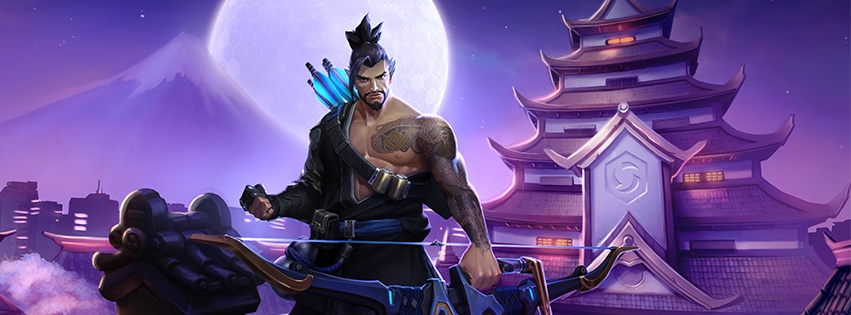
The Ranged DPS (Damage-Per-Second) is the classic damage dealer role. Heroes in this role need to be able to dish out significant (often sustained) damage from range, with the capacity to threaten any enemy heroes who stay in their range of influence for too long. Different damage dealers excel in different areas; some are proficient at singling out squishy targets, while others can take out tanky targets with ease. There are a few that are safe and have defensive mechanisms like mobility, while others have the range needed to keep themselves positioned well and deal damage without being retaliated upon.
Ranged DPS, as opposed to Melee DPS, are the standard damage dealers for a couple reasons: the first is that optimally utilizing Melee DPS’s damage output will often require a hard engagement, at minimum including the Melee DPS itself but often requiring the whole team’s support. Getting into melee range is usually non-trivial and isn’t always reliable. For this reason, the flexibility and options that come with dealing damage from range make the Ranged DPS role generally more preferable as a standard fixture, as you can look to apply pressure without having to commit heavily to a fight. The second reason is the safety of positioning that being ranged provides; when your damage source is separated from the frontlines of the fight, it’s more likely to survive. Furthermore, consolidating your damage and frontline together makes your composition more susceptible to area-of-effect abilities that CC or damage you. If some of your team is operating at range/is separated a bit, you make it harder for opponents to get maximum value from their AoE spells.
Damage dealers come in many flavors, but they all are able to follow up on opportunities created by their team (some can even create opportunities with their own CC) and secure kills with their damage output. Examples of Ranged DPS include Jaina, Valla, Hanzo, Gul’dan, Zul’jin, etc. Pick whichever you feel best suits the matchup and the battleground.
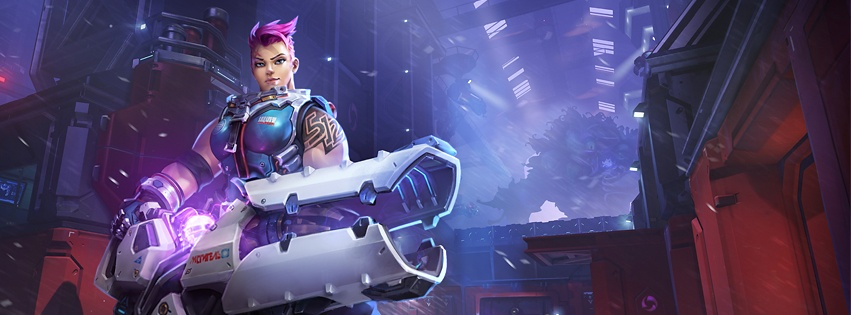
The Flex position is a nebulous one. There aren’t any steadfast rules here, and the position is so named because the “most core” components of the team comp (i.e. the Offlane, Tank, Healer, and Ranged DPS roles) are clearly defined, and the fifth is free to “flex” into whatever the team or the matchup requires. You can really pick whatever you want here!
The Flex role is where you see things like a Melee DPS (e.g. Thrall or Maiev), an additional Healer/Support, or even another Ranged DPS come into play to supplement the team comp’s goals. Roamers like Genji and Zeratul can also be considered as Flex heroes, as they can play in the 4-member rotation as well as look for gank opportunities towards the offlane.
Because it’s a somewhat interesting topic, I’ll quickly discuss the “double mage” team composition question here. Mages (like Kael’thas, Li Ming, Alarak, etc.) often excel at providing burst damage, rather than sustained damage output. Burst damage brings many benefits, but if your only type of damage output is burst damage (which is usually highly cooldown-based), then this causes two potential issues: the first is that you’ll likely have a difficult time killing the enemy team’s tank/frontline presence, particularly with the sustain coming out from the enemy team’s support hero. Most tanks and frontliners have defensive capabilities that allow them to withstand burst damage; in fact, simply having a large health pool is a defensive mechanic that makes burst damage less effective. Secondly, some mages are not able to take mercenary camps quickly/effectively. Sustained damage is a great tool for the PvE macro game: your boss capturing speed will be slow if your team’s damage dealers are Kael’thas and Alarak!
This isn’t to say that double mage compositions are always a poor choice. Rather, in the right context, these kinds of compositions can shine. But in general, having at least one sustained DPS will allow you to pressure the enemy team’s frontline more effectively. Having two sustained damage dealers will usually be more effective than having two burst-y damage dealers; but, having sustained damage along with burst capability really bolsters your options. The two types of damage supplement each other, and you should consider what your damage/kill patterns look like when building your composition.
In order to win a game of Heroes of the Storm, you don’t need to strictly adhere to these roles for a standard team composition - there are many strategies that can be successful based on the context of a given battleground and the enemy’s team composition. Moreover, Heroes that traditionally appear in one role can play other roles just fine - there’s some flexibility in Hero selection as well. Rather, this meta team comp structure establishes core facets that, when fulfilled, ensure you’ll be well equipped and won’t be overly exposed/highly vulnerable because of a particular weakness (e.g. you’re lacking a frontline presence or sustain).
The purpose of this guideline is to provide a sound structure for your composition no matter the map or the matchup. If you see that, based on the battleground and/or what your opponents have drafted, your opponents have a vulnerability in their composition that can be exploited by deviating from the standard team comp’s roles (or by picking “unorthodox” heroes within those roles), then by all means do so! That’s the beauty of HotS - strategies and plays can and will shift based on the context. The best players, who are actively thinking and analyzing as they go along, will understand these contexts and know when and where to deviate from the standard guideline.
That's all for today, I hope you enjoyed the article. If you'd like to discuss anything HotS, have comments/feedback on this article, or just want to say hi, feel free to tweet me @k0nduit and I'll get back to you.
Like our content? Support us by getting our merchandise in our shop
